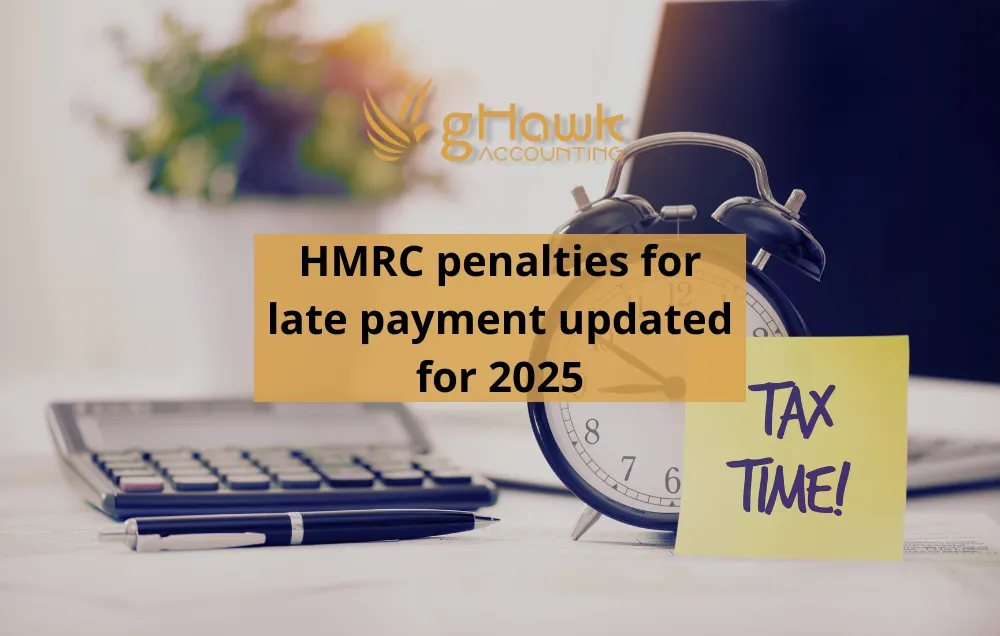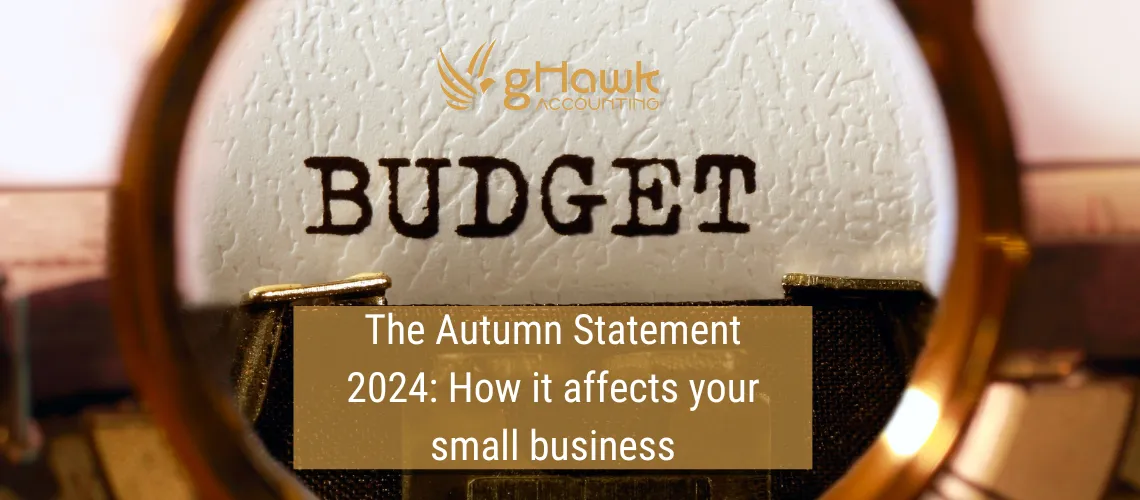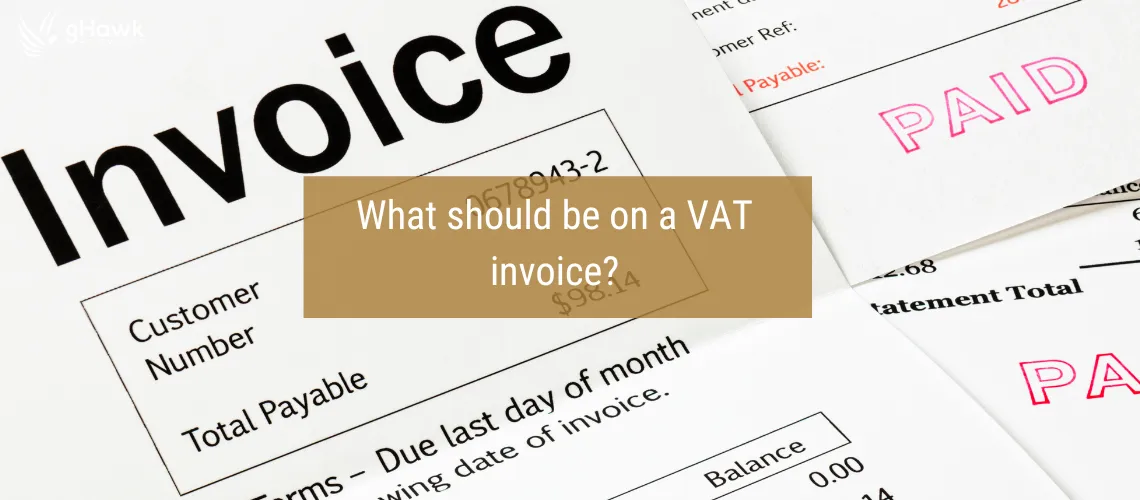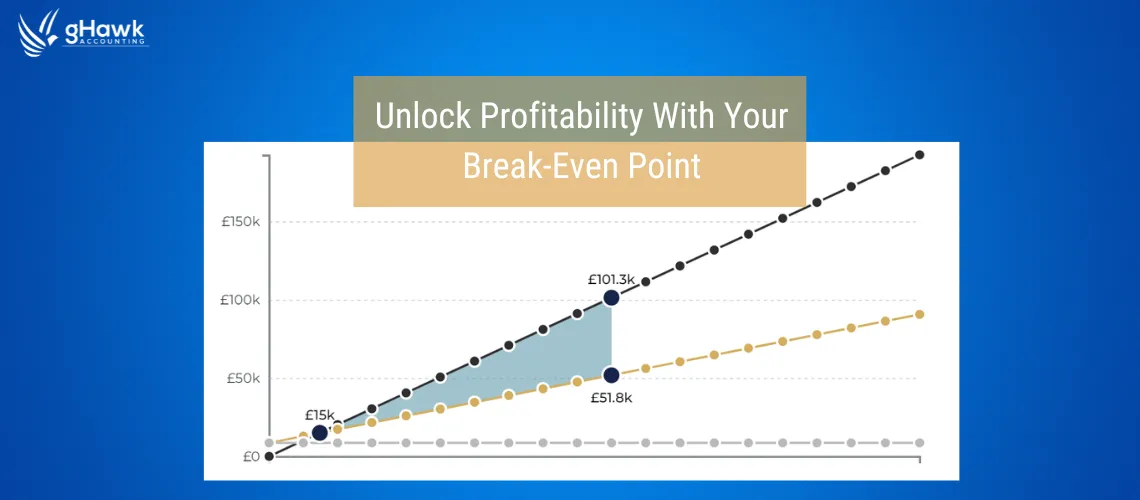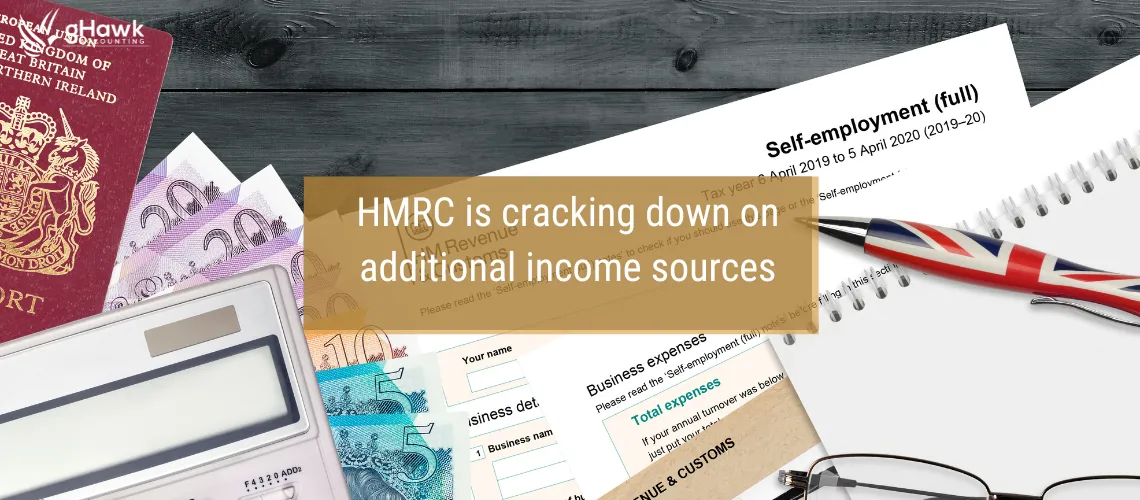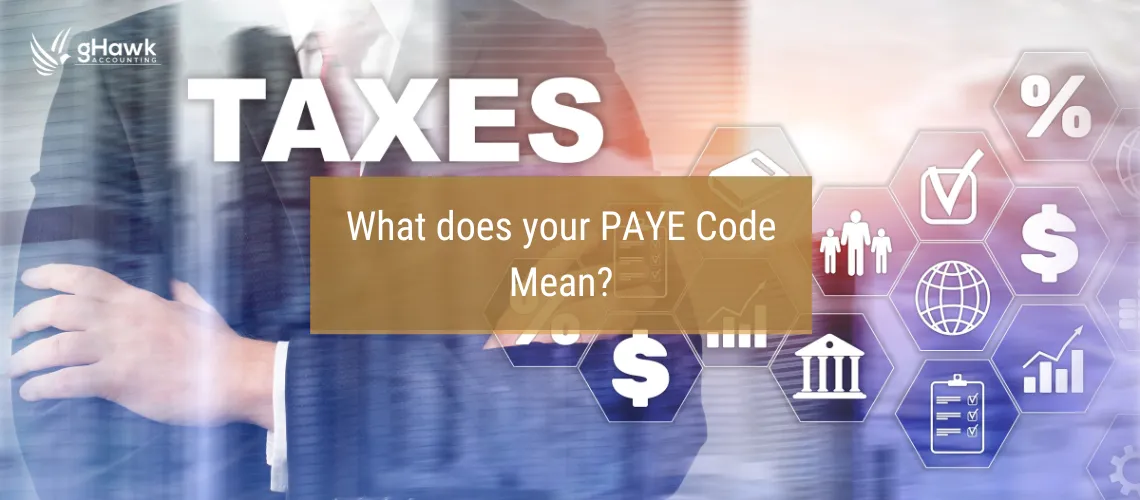7 Ways to avoid Construction Industry Scheme pitfalls
What is the Construction Industry Scheme?
The Construction Industry Scheme (CIS) is a compulsory scheme for contractors in the construction industry. Under the scheme, contractors pass money from the subcontractors' payments to HMRC as an advance payment towards the subcontractor’s tax and National Insurance contributions. The scheme was established to ensure proper tax compliance within the industry.
Contractors who do not follow the rules face financial penalties. If you want to ensure compliance, look out for these potential pitfalls.
1 Not registering for CIS.
Firstly, make sure that you are required to register. If you do the following work, you must register for CIS: site preparation, alterations, dismantling, construction, repairs, decorating and demolition. This scheme applies to companies carrying out work in the UK – whether the company itself is UK-based or not. Companies, partnerships and self-employed individuals are all eligible for the scheme.
2 Not verifying subcontractors.
Before paying a subcontractor, the contractor must check that the subcontractor is registered. This allows HMRC to inform the contractor of the correct level of deduction to avoid over– or under–reducing the subcontractor's rate of pay.
3 Not deducting the payment correctly.
The contractor must consider the subcontractor’s tax status when calculating proper deductions. The payment details must be recorded, and the subcontractor must receive a statement reflecting this.
4 Not submitting a return.
Each month, the contractor must complete a return detailing all subcontractors used, details of all payments made, a declaration that the subcontractor's employment status has been considered, and a declaration that all subcontractors have been verified.
5 Not paying the deductions to HMRC.
It goes without saying that once the monies have been deducted from the subcontractor's pay, they must be passed to HMRC. Failure to do so could result in a severe fine.
6 Not deducting payments for mixed labour subcontractors.
Sometimes, a subcontractor may do a mixture of works—some within the CIS remit and some not. All labour costs must apply a CIS deduction unless operated under individual, separate contracts.
7 Adding employees to the scheme.
Construction company employees are not under the CIS remit. An employee is a member of staff who is paid through PAYE. PAYE covers the employee's tax responsibilities and negates the need for CIS.
What is a contractor?
According to HMRC’s official guidelines on CIS terminology, a contractor is:
"A contractor is a business or other concern that pays subcontractors for construction work."
Contractors may be construction companies and building firms, but they may also be government departments, local authorities, and many other businesses that are usually known in the industry as ‘clients’.
What is a subcontractor?
According to HMRC’s official guidelines on CIS terminology, a subcontractor is:
"A subcontractor is a business that carries out construction work for a contractor".
You can find HMRC's detailed guidance on CSI on the HMRC website.
Contact us about filing appropriate CIS declarations and returns.


